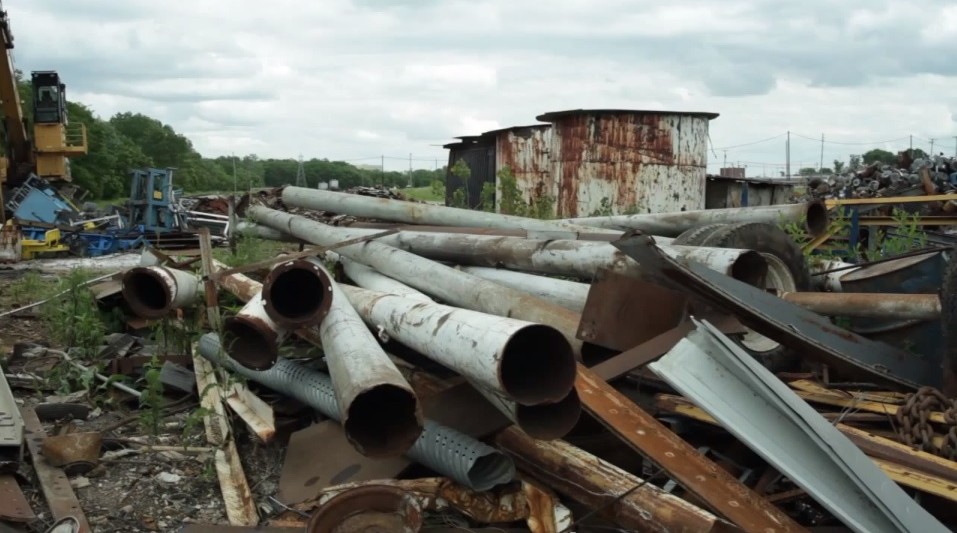Metal recycling probably dates back to 3000 B.C. or earlier to the time when iron making began. Those that formed metal found they could reuse the surplus material that was left over in their manufacturing process or reclaimed from obsolete objects. It is said that plunderers along the Mediterranean coast dismantled the Colossus of Rhodes, selling it to weapons makers who melted it down.
Historical figures did it; so can you
Since that time, human beings have been salvaging obsolete metals for recycling. Geoffrey Chaucer, known for his “Canterbury Tales,” was employed as clerk of the works at Westminster Palace in the 14th century and was responsible for the collection and inventory of scrap metal. The infamous Captain Kidd was also known to deal with metals other than gold and silver. When he was captured in 1699, his ship was carrying 10 tons of scrap iron in the form of “wagon tyres” for use in colonial iron works. George Washington, Paul Revere and other founding fathers of the U.S. knew the value of scrap. Silversmith Revere advertised for scrap metal of all kinds, and Washington urged the reuse of old worn chains from frigates.
Historic war scrap use
Historically, scrap use in the U.S. has been greatest during times of war, although there have been occasions when a scrap market did not exist for most commodities. Collections of metal date to the days of the American Revolution. Colonial women contributed their iron kettles and pots to be melted down for the production of armaments. Such use continued to the days of the Civil War, when both the North and the South urged citizens to donate scrap objects to the war effort. Resource shortages caused by the World Wars greatly encouraged metal recycling. Countries involved in World War II carried out massive government promotion campaigns urging citizens to donate used metal as a matter of patriotic importance. Programs for resource conservatism established during the war were continued afterward in some countries due to a lack of natural resources — Japan being a notable example.Higher energy costs equals more recycling
